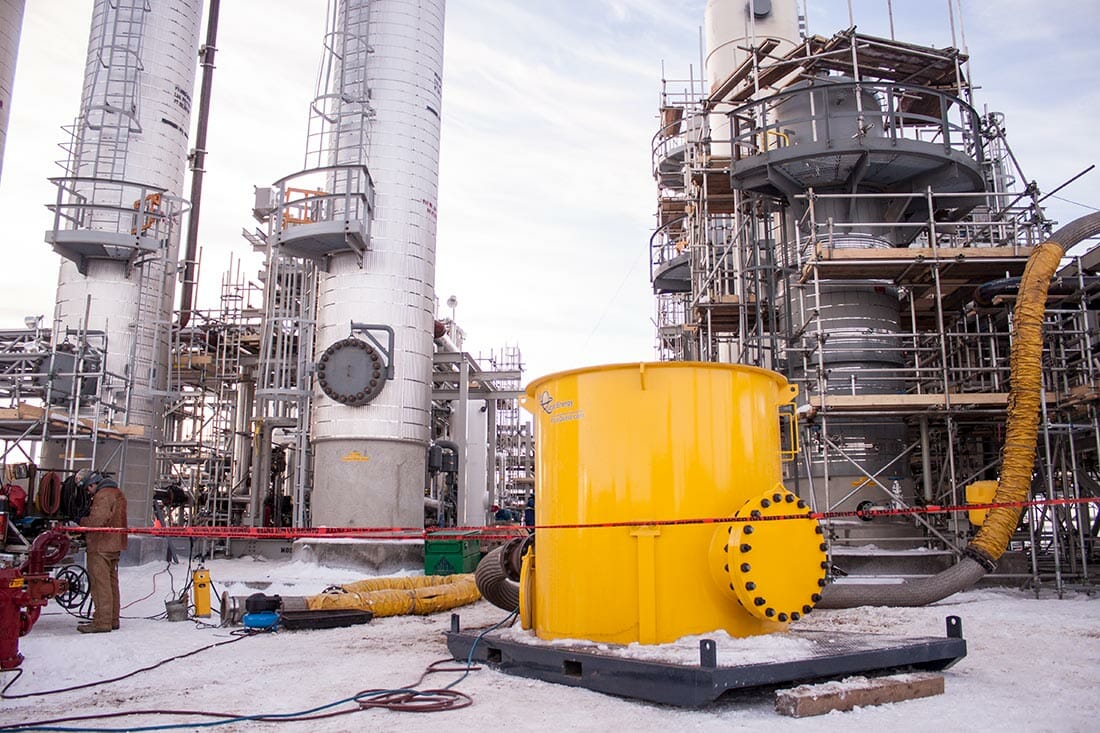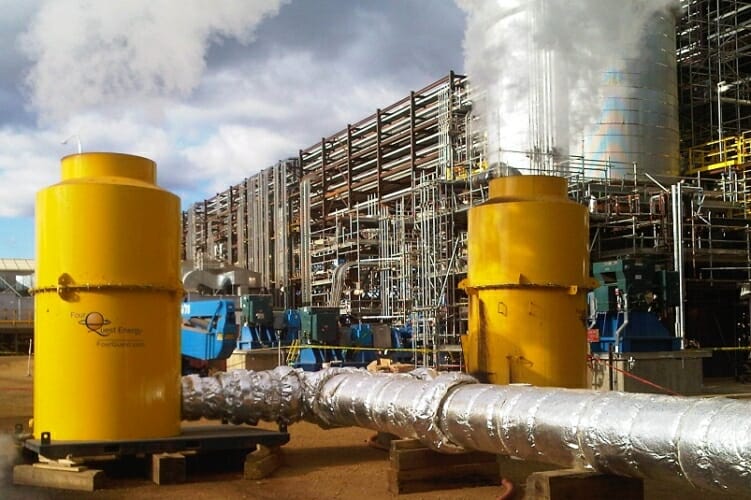We believe that each of our client face a unique set of challenges and that their needs can be best met by providing innovative, engineered solutions to these challenges.
We have engineered and managed numerous projects around the world in which our engineers have joined the owner’s team at the front end to define the pre-commissioning scope, responsibility matrix, and to develop procedures and packages for field execution. The aforementioned service can be extended to a construction contractor either in the bid phase or construction phase. Our engineers can work with your planners to gain a better understanding of a project’s scope and to help improve scheduling.
New Projects, Startup and Shutdowns
FourQuest Energy’s engineers draw on experience from startup, shutdown, and maintenance projects around the world. With this knowledge, we are able to recommend practical and effective solutions to every situation we are presented with.
On day-to-day plant work, startup, and shutdown work, our engineers review the job specifications and criteria with site personnel. They are also able to assist owners and constructors with onsite technical support for startup operations, commissioning supervision, and technical reviews, determining the best method and route for the job execution.
Related Case Studies
Engineering Principles
FourQuest Energy uses technical knowledge coupled with field experience to custom tailor our recommendations and procedures to our clients’ systems. We aim to engineer and determine all parameters, conditions and factors before the commencements of any operation.
FourQuest’s calculations, results, and recommendations are based on solid scientific and engineering principles. Procedures are written to our clients’ specifications and any other standards or regulations governing the project. Our experienced and knowledgeable field staff ensures that all services are executed following the recommendations and procedures, and our engineers produce complete procedures detailing the technical aspects of the job to be executed in the field. The procedures also address safety and environmental concerns, and usually provide a risk assessment matrix detailing potential hazards and solutions for risk mitigation.
Everything we do in the field, we engineer first
We provide expertise in numerous areas of engineering and procedure writing, including:
Pipe Cleaning
FourQuest Energy has extensive experience creating and executing pipe cleaning procedures. We have spent many years developing our pipe cleaning procedures, making changes and improvements every step of the way. Today, we have industry leading procedures for the safe and efficient cleaning of process piping systems. All our procedures include step by step instructions, digitally marked up drawings, and velocity and cleaning force ratio calculations. They are engineered to be effective, yielding the highest level of cleaning possible for each specific piping system. In addition to client requirements, FourQuest Energy can also make recommendations as to industry standard practices for specific piping systems and their commodities.
Hydrotest Limits and Drains/Vents
The creation of hydrotest packages is an important service that FourQuest Energy can both perform and facilitate. We can also combine our experience of pipe cleaning programs with the design of hydrotest packages to allow for efficient cleaning after testing is complete. For example, by designating cleaning packages that are of similar scope to potential cleaning packages, downtime in the field can be avoided waiting for a section of piping to be completed through another hydrotest. FourQuest uses electronic markup programs for all procedures and packages. Marking drawings electronically allows for clean packages, which can be easily edited as required. It also allows the piping and instrumentation diagrams to be labeled to show the system to be tested along with all isolation points, removed equipment, drains, and vents.
Piping Turnover Systems Scope Demarcation
Practical scoping of piping systems is important throughout the construction, startup, and operation of facilities. From the perspective of a cleaning contractor, effectively scoped piping systems are a key element to efficient cleaning packages. Performing scoping of systems to allow for turnover by commodity assists in the field execution of commissioning cleaning. For example, when systems are scoped to involve multiple commodities or have short sections of piping, it is difficult to create efficient cleaning packages. This problem is magnified when systems are not handed over for cleaning in the order expected. The cleaning of a large system can be held up if a section of the piping belongs to another system. FourQuest can aid the client in developing system scopes that will not only benefit final construction turnover, but also save significant time during procedure development and execution. In addition to being able to assess the piping systems for scope definition, FourQuest can provide electrical and instrumentation scoping expertise, resulting in a complete system scoping package.
Reinstatement Sequencing
There are two elements of system reinstatement that can potentially save time during a commissioning cleaning work scope. The first is efficient planning and allocation of resources with regards to the cleaning scope. Cleaning procedures that have been written to aid in system preparation and reinstatement can save a significant amount of both time and labour. The second factor arises during the execution of field work; effective management of labour and equipment resources during commissioning cleaning can yield the greatest savings. We have a history of working closely with the on-site contractors to provide timely system reinstatement. Typically, we will be involved in a system as soon as it is turned over for cleaning. We will have direct contact with the foremen and crews removing and setting up the system to be cleaned. When the time comes to reinstate a system, we’re familiar with all points in the system that require field work to restore it to P&ID design state. The reinstatement of systems can be monitored and tracked using the original cleaning procedure packages.
Piping Thickness Measurement Inspection
In order to maintain system quality throughout piping systems, it is important to have baseline thickness measurements of the pipe walls. Ultrasonic testing provides a fast, economical solution to measuring wall thickness. Ideally, baseline UT readings are taken before welding to minimize repeat work should a section of pipe fail to meet minimum thickness. It is critical that heat numbers and spool numbers, as well as the location of the testing, be diligently recorded when this work is performed. This ensures 100% traceability in the future. Baseline thickness measurements are performed on certain line classes as denoted by the owner’s standard.



